The
crustacean
known as the
shrimp
Is closely linked to lobsters and crabs, yet it boasts considerable diversity among its close relatives. Over 2,000 distinct types of shrimp have been identified in nature. These creatures inhabit all oceans and seas, along with numerous freshwater environments. Sometimes called the “cockroaches of the sea,” they’ve received this moniker because of their inclination to consume whatever comes within reach. However, when it comes to diet, not much else rivals the broad-ranging appetite of these small crustaceans. Continue reading to discover precisely what shrimp feed on.
A Shrimp’s Diet
Shrimp are referred to as “opportunistically omnivorous” creatures. Their dietary intake includes anything from vegetation to small aquatic animals like worms, and even other shrimp. Shrimps show no preference for fresh versus decayed food sources; whether it’s leftover fish scraps or live plankton, both can be part of their menu. Consequently, a shrimp’s eating habits largely depend on where they reside. Given that shrimps usually dwell at the bottom of seas, lakes, or rivers, they primarily consume whatever detritus has been discarded by other marine life forms around them.
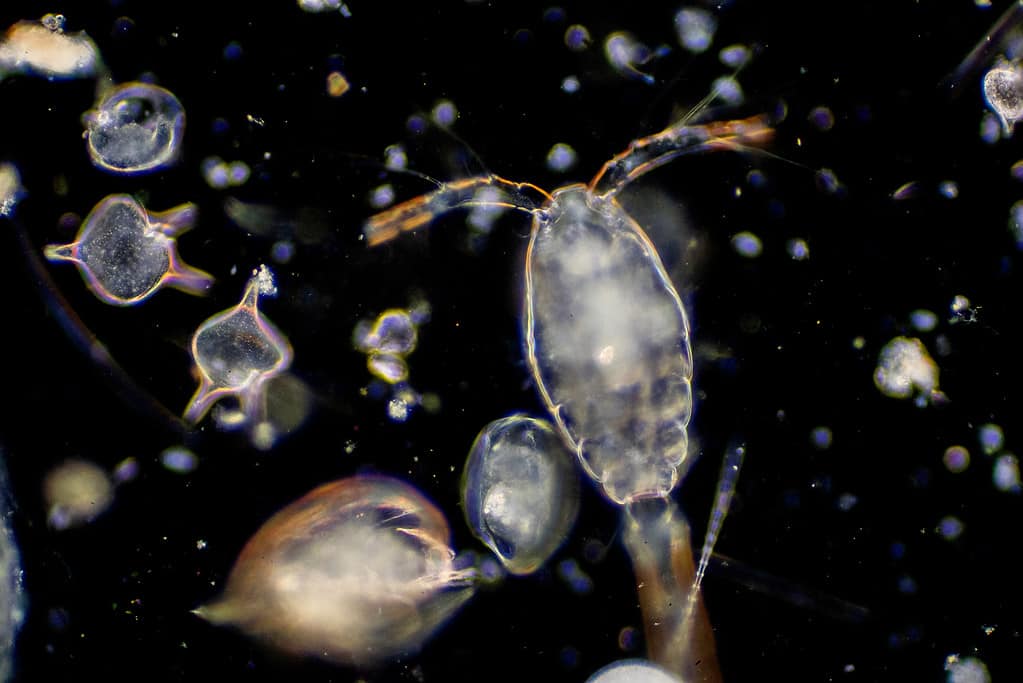
In many habitats, though, the majority of a shrimp’s food comes from algae and plankton. Plankton can be divided into two categories: phytoplankton and zooplankton. Phytoplankton comprises tiny plant life such as diatoms, microalgae, or cyanobacteria.
Zooplankton
Are microscopic creatures drifting in the ocean that have to consume other life forms to stay alive?
Even though there are differences depending on their environment, certain foods that shrimp consume include:
- Bacteria
- Phytoplankton (algae, cyanobacteria, diatoms)
- Zooplankton
- Small fish and invertebrates
- Decomposing remains of animals such as clams, fish, snails, and crabs
What Do Shrimp Consume in aTank Compared to Their Diet in Nature?
Ghost shrimp and cherry shrimp are among the most favored varieties of shrimp kept in aquariums. The ocean or lake bed can serve as an abundant feast for various shrimp species. Nonetheless, many aquarists prefer not to have decayed fish littering the bottom of their tanks.
Ghost shrimp or red shrimps living collectively or sharing their tank with other aquatic creatures usually thrive on biofilms and residual food scraps. Nonetheless, aquaria with less dense populations might necessitate a more tailored feeding regimen. Among hobbyists, algae wafers and shrimp-specific pellets are commonly preferred; however, these small crustaceans also appreciate boiled veggies as part of their diet.
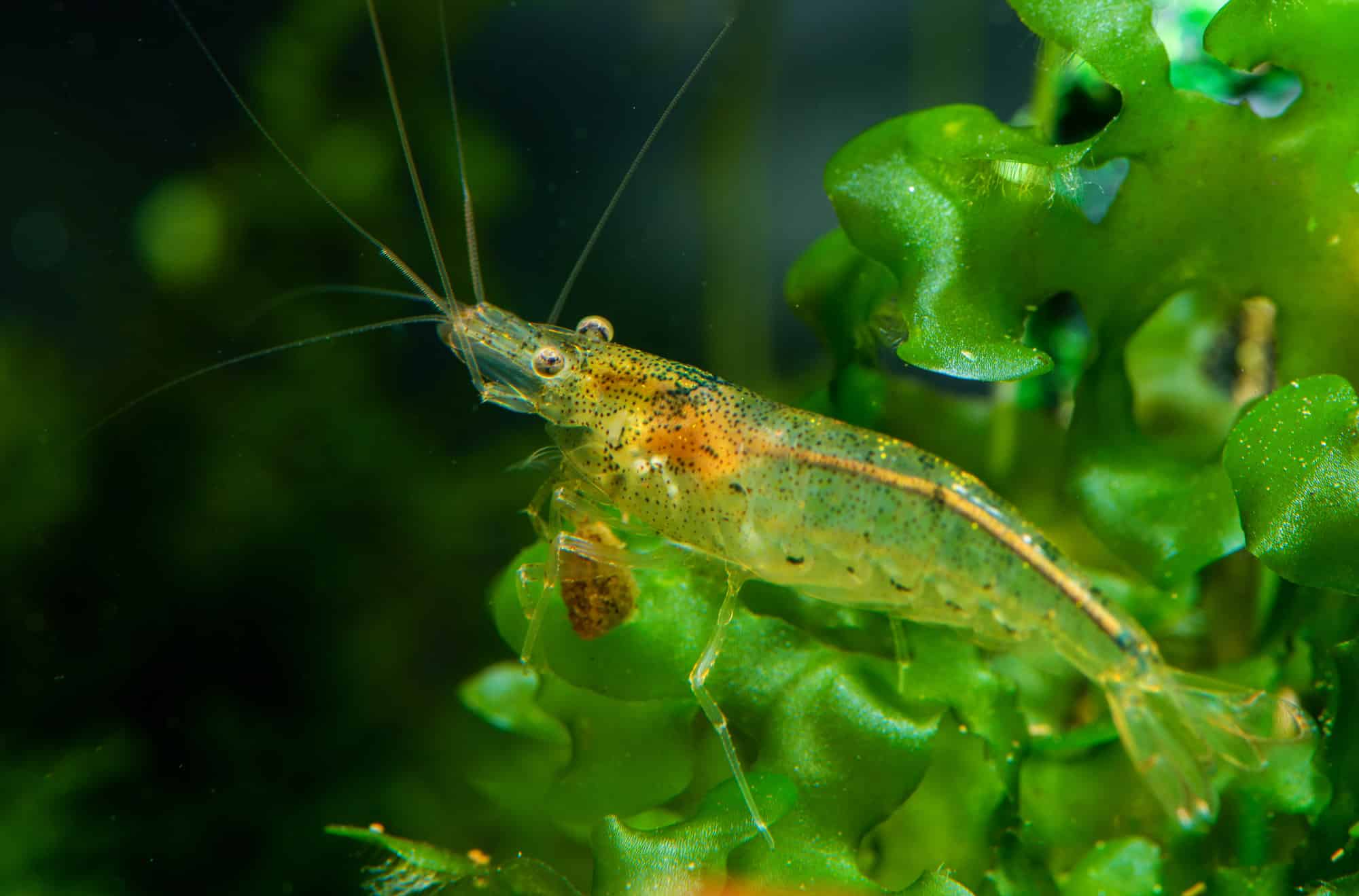
What Methods Do Shrimp Use to Find Their Food?
The techniques used by shrimp to search for food differ among various species. For instance, brine shrimp practice filtration feeding; as they swim, they sift edible particles out of the water using this method. Many types of shrimp have poor eyesight and depend more heavily on a sensory system that blends elements of both olfaction and gustation. Through this chemical sensing ability, these creatures detect substances emitted by possible meals in their natural habitat. Additionally, shrimp employ their limbs and antennae to explore the sand bed, uncovering hidden prey beneath the surface.
Other shrimp use more innovative methods for obtaining their meals.
Coral reefs
These areas teem with marine life. Cleaner shrimp occupy a distinctive role within the coral reef environment by removing bacteria and debris from the surfaces of bigger fish. This interaction is mutually beneficial, and frequently cleaner shrimp establish specific cleaning sites across the coral reef where various fish gather. Typically observed either individually or in small groups, cleaner shrimp tend to service large fish like parrotfish, snappers, and blue tangs. Through this partnership, the shrimp fulfill their dietary requirements whereas the fish get rid of detrimental bacteria and old skin cells.
Despite not being engaged in cleaning activities for local fish, shrimp consistently have a crucial function within their ecosystems. Acting as decomposers, they stop decaying organic material and debris from accumulating in their surroundings. Additionally, shrimp help maintain balanced levels of algae and plankton. The widespread presence of these creatures across various marine and freshwater settings worldwide underscores the significant part they can take on in nearly every type of water-based habitat.
Follow A-Z Animals!
-
Discover today’s top and most thrilling animal stories by following A-Z Animals.
Tap here to view the A-Z Animals profile page
make sure to hit the
Follow
Button here or at the top of this article! - Got comments? Leave your thoughts underneath!
The post
What Do Shrimp Eat?
appeared first on
A-Z Animals
.

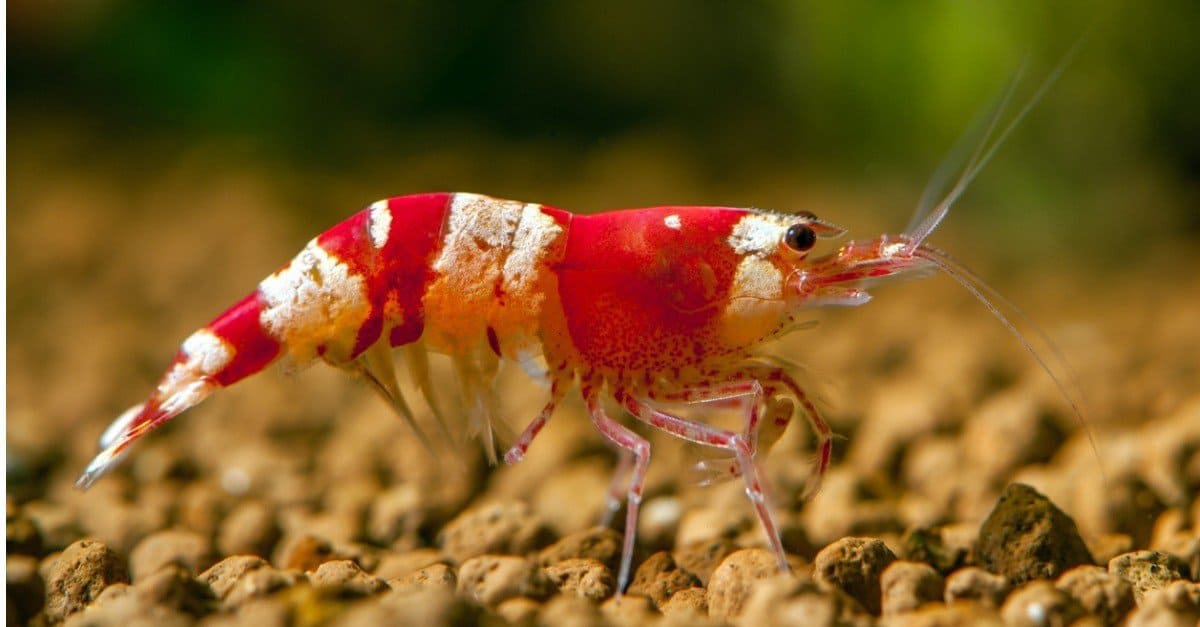




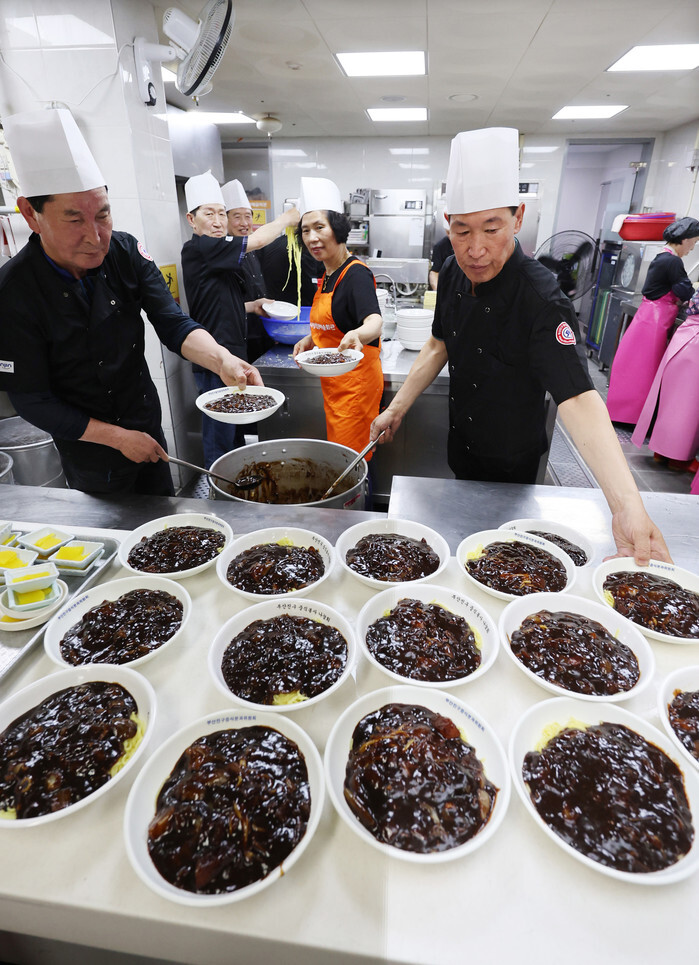


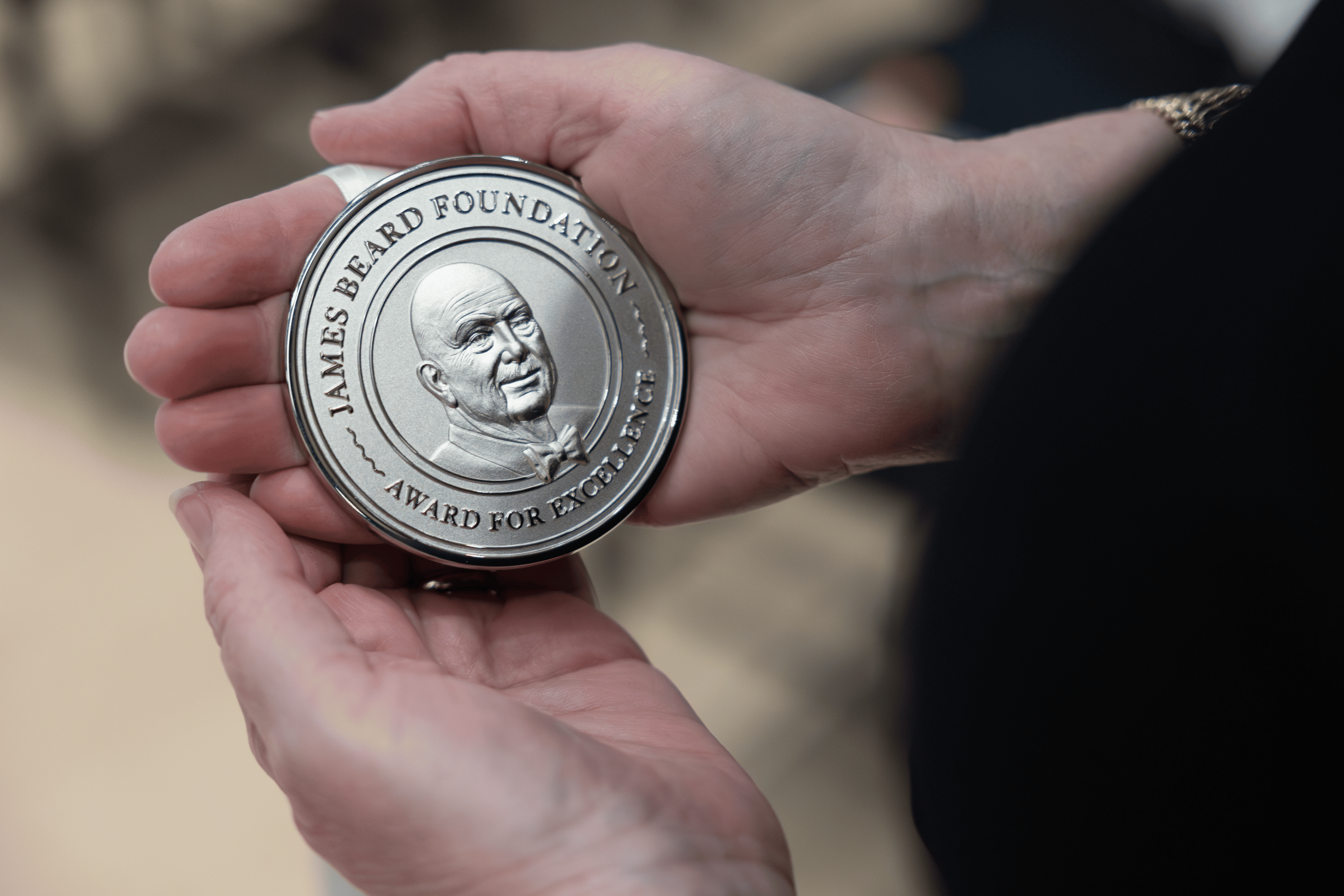




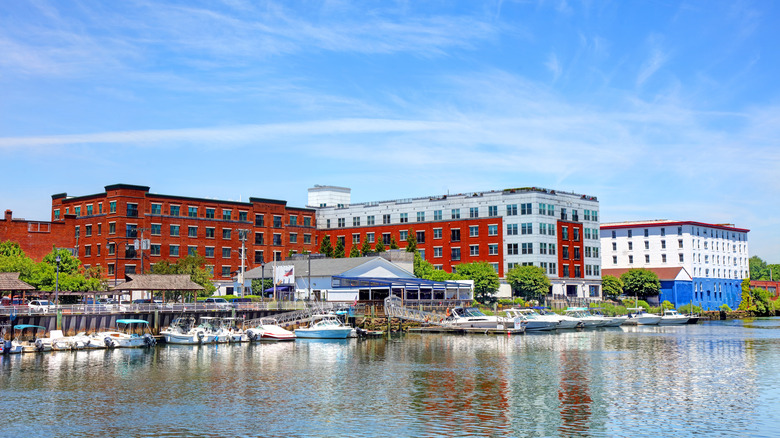


Leave a Reply